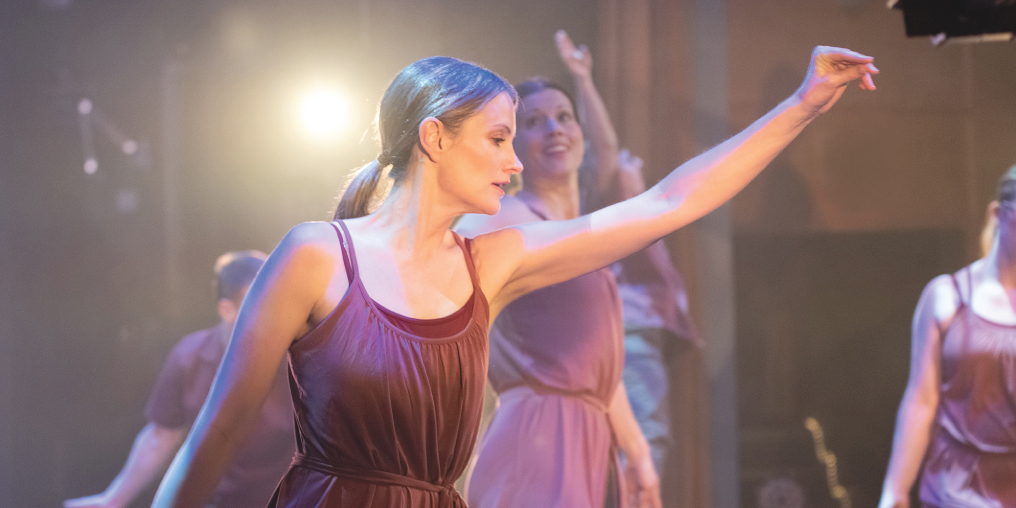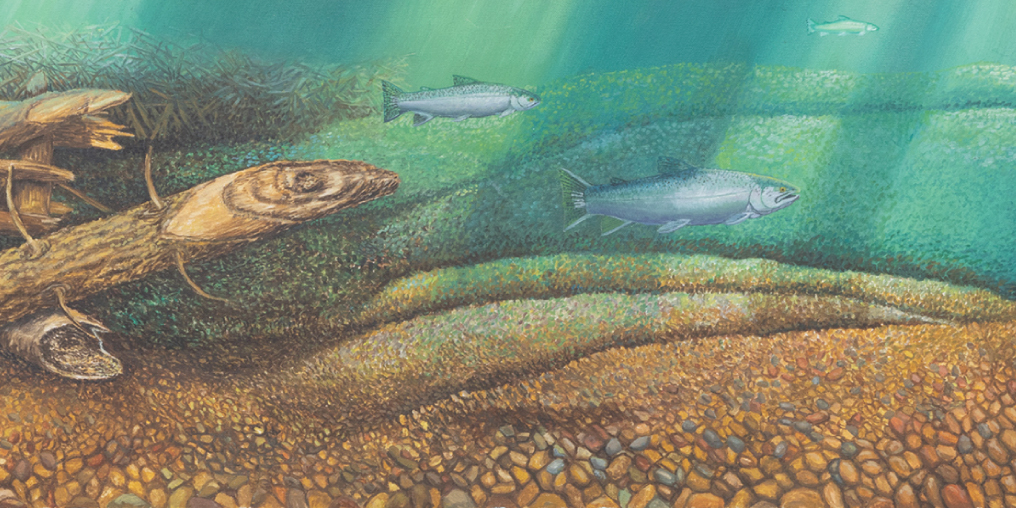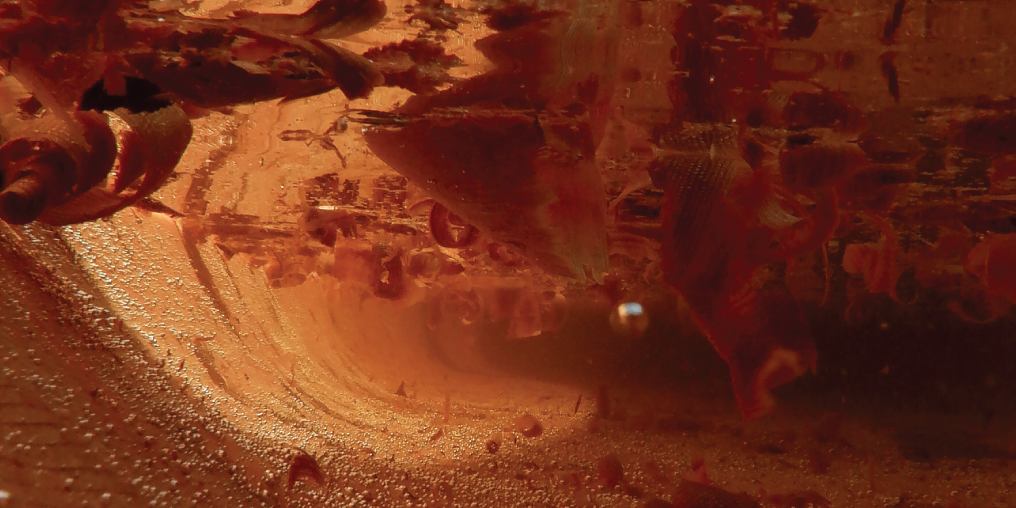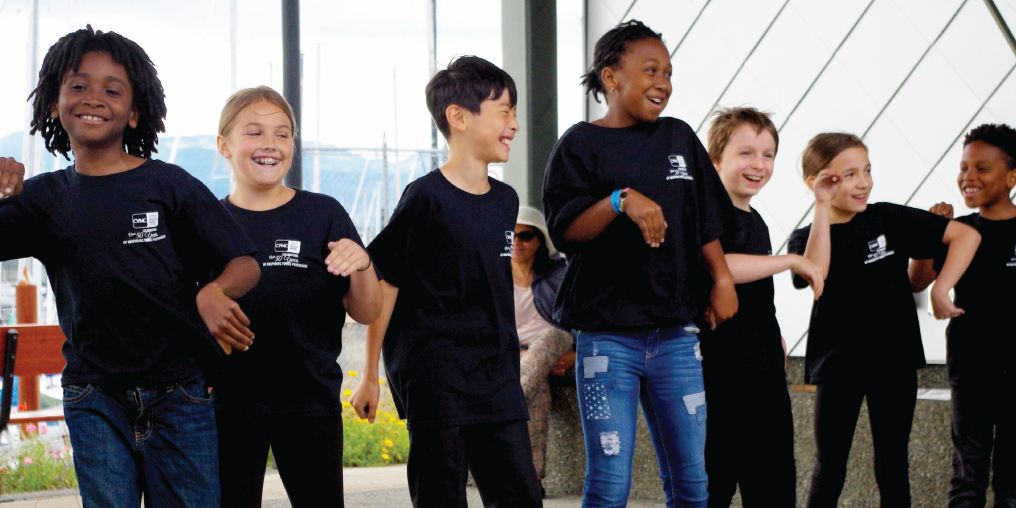Around the world, many children study dance from an early age, learning the vocabulary, foundational movements, internal rhythm, and traditions of their style. Often, students dance three to five days a week, if not more. And yet, so many people stop dancing after secondary school. Like me.
My dance education began at the age of two, making it a foundational part of my intelligence. It was my outlet for creativity, emotion, and childhood’s boundless physical energy. I loved it, and was fortunate to attend a studio that focused on the joy of dance, and the imperfect beauty of a group coming together to create moving art.
Then everything changed. My first mistake was growing tall; suddenly I didn’t fit the historic ideal of a “good” dance body. My second mistake was moving to a studio that focused on perfect technique and competition. The joy faded and self-doubt crept in.
The challenges of the dance industry
The dance industry is notoriously selective and competitive. Some dancers arriving at the threshold of adulthood may feel there are only two paths: a favoured few head to a professional career; the rest move onward to a life without dance. I experienced this second path, and it was heart-breaking.
But there are other paths to follow. The number of post-secondary dance programs in Canada has grown since my youth, and there are more teacher certification programs, too. We’ve also seen a tremendous shift towards inclusivity; today’s studios and stages have room for all bodies and abilities.
Pantuso Dance leads the way for adult dancers
It can still be difficult to find a home as an adult dancer. In most places I’ve lived, it’s incredibly uncommon to find a challenging class for experienced dancers taught by a master teacher. Even more unheard of is the opportunity to perform on stage with the general program. Luckily for me—and others like me—Pantuso Dance offers both.
By investing in teaching adults, Pantuso shows young students that dance doesn’t end with adulthood, and that the goal of dance doesn’t have to be perfection or profession, but passion.
I was terrified of the physical challenge of returning to the studio, but it was the emotional work that most scared me. The process of reopening the parts of myself I’d closed off over time has been messy and filled with embarrassment and insecurity.
These feelings have been replaced by determination and perseverance, and, someday, I hope to feel confidence and freedom. Pantuso’s skilled teachers offer patience, encouragement, and many laughs. And I’m doing it with friends—former dancers who know just how I feel, along with brave and brilliant new dancers beginning their journey as adults. Together, we’re creating moving art—clumsily, yet beautifully.
Did you dance when you were young? Do you remember the feeling? Take this as an invitation to return to the studio and rediscover what you loved. Reclaim our shared language. You might be rusty, but we don’t mind.





